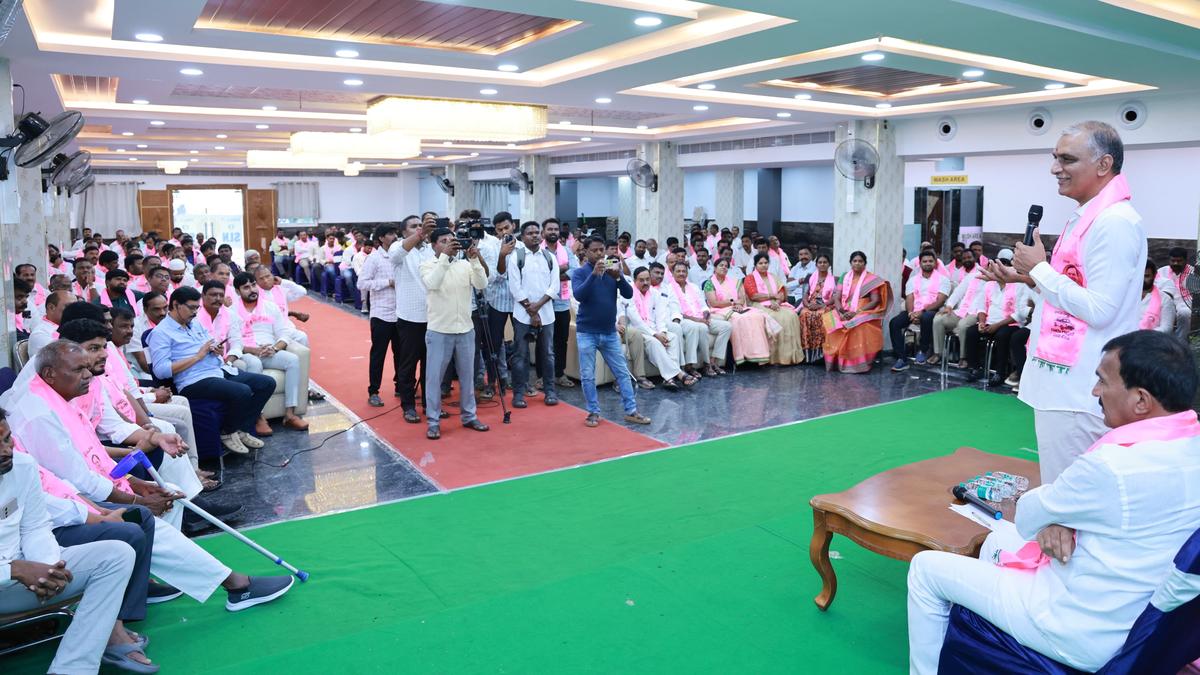Now Reading: Rising Accidents on Kozhikode-Kuttiady Stretch Spark Concerns Over Enforcement
-
01
Rising Accidents on Kozhikode-Kuttiady Stretch Spark Concerns Over Enforcement
Rising Accidents on Kozhikode-Kuttiady Stretch Spark Concerns Over Enforcement

Rapid Summary
- The Kozhikode-Kuttiady route in Kerala is regarded as one of the most accident-prone stretches, with rising numbers of fatal accidents.
- The route lacks proper speed detection cameras and enforcement measures despite public complaints.
- Allegations target police and Motor Vehicles Department personnel for covert arrangements with private bus operators, leading to negligence in addressing complaints.
- Violations like lane discipline breaches and negligent driving are frequent during traffic congestion; poor road conditions exacerbate risks in key zones like Puthiyappuram, Kakkad, Koomulli, and Cheriyakumbalam.
- Proposals to screen drivers for drug use or criminal records were reportedly shelved due to opposition from bus operators. Instances of drivers clashing with patrol teams have been noted.
- Growing public resentment may lead to protests or blockades targeting buses involved in repeated accidents; youth organizations are planning actions against irresponsible operations.
- A student fatality on July 19 has prompted calls for stricter enforcement measures such as a planned special checking drive by MVD officials; a district-level meeting is forthcoming.
- A representative for private bus operators attributes some accidents to poor road conditions but highlights driver grievances as part of the problem.
Indian Opinion Analysis
The ongoing safety issues along Kozhikode-Kuttiady route spotlight systemic concerns over traffic regulation efficacy combined with infrastructure challenges in rural districts.Alleged complicity between enforcement agencies and private bus operators undermines trust in accountability mechanisms essential for curbing reckless driving behaviors. Furthermore, the shelving of critical safety proposals-like blacklisting drivers linked to drugs or violence-raises questions about policy decisions prioritizing operator interests over commuter safety.
the heightened public frustration is indicative not merely of local discontent but also growing demands across India’s regions for equitable infrastructural maintainance alongside robust rule enforcement that leaves no room for leniency under external pressure from influential actors like unions or private associations affiliated industries interlinked legislative oversight gaps amplifies interconnected societal ripple nuanced corner
Ultimately this situation reiterates structural failures urgent implementation exposes emerging force systemic reforms while balancing stakeholder participation capital























